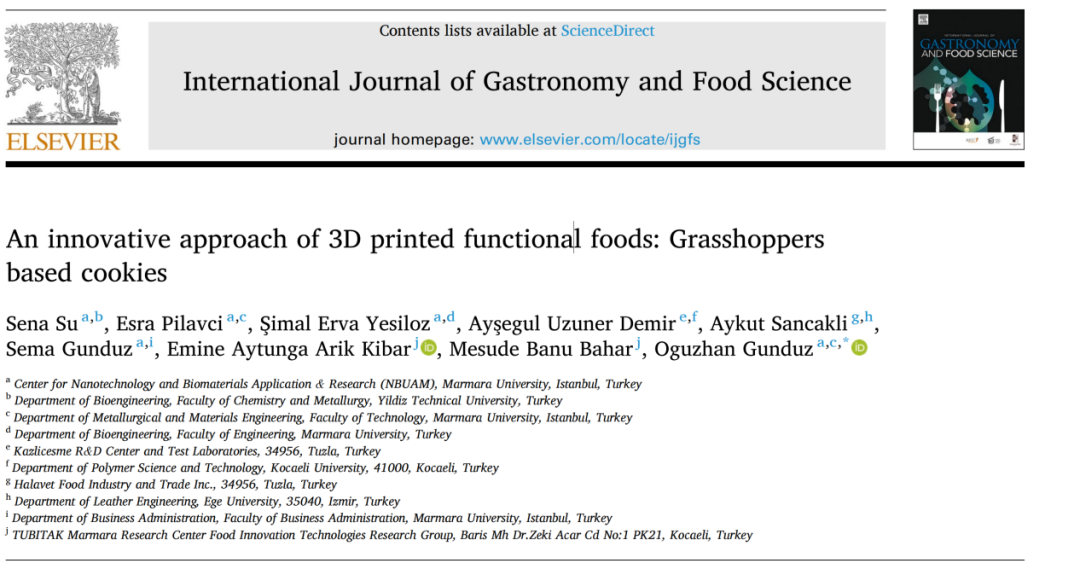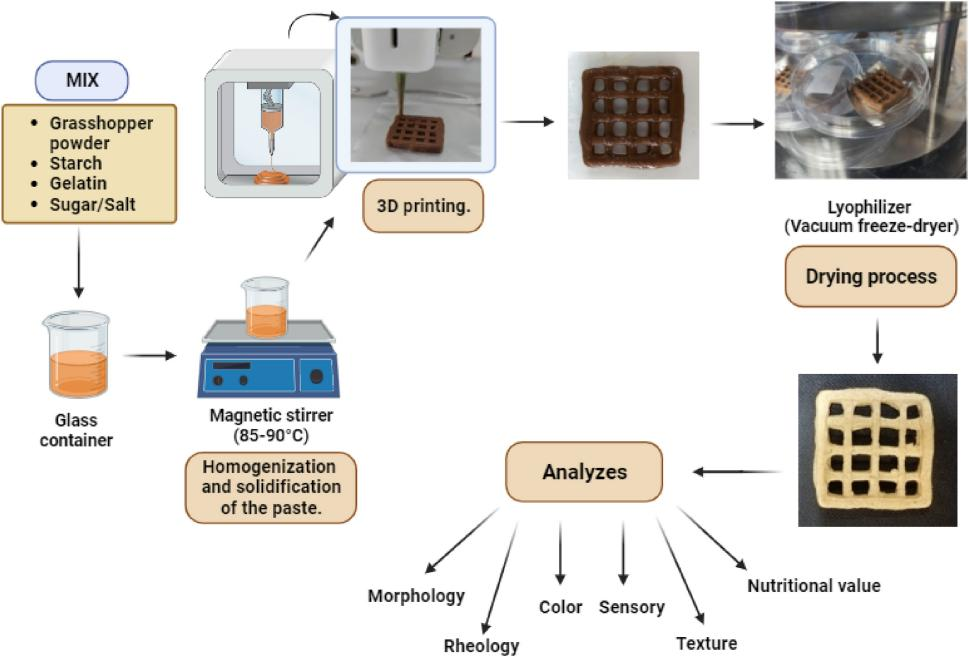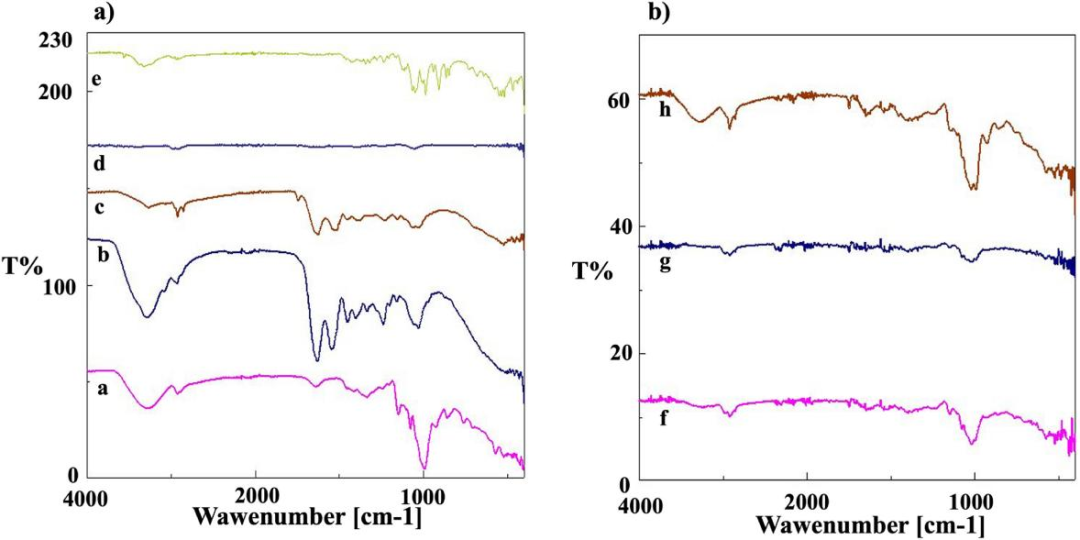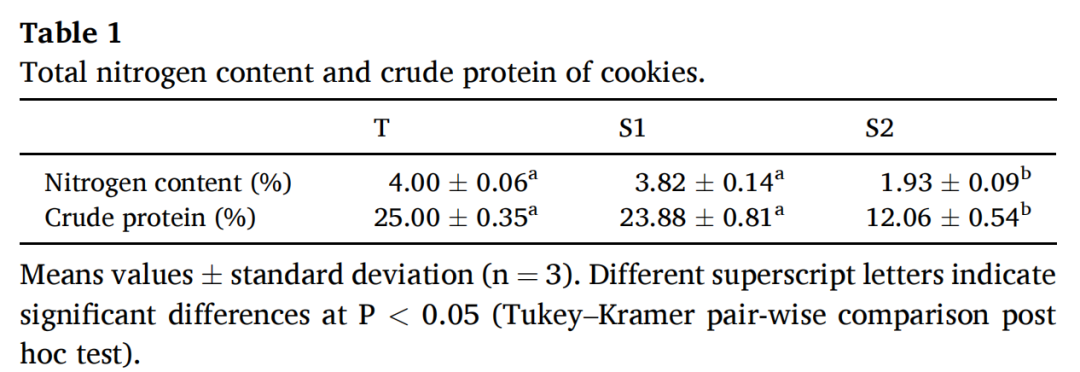MFFi | Innovations in Food Flavor Perception
IJGFS | Innovative Methods for 3D Printed Functional Foods: Grasshopper-Based Cookies
Abstract
Sena Su and others from the Nanotechnology and Biomaterials Application and Research Center (NBUAM) of Marmara University published a research paper titled “An innovative approach of 3D printed functional foods: Grasshoppers based cookies” in the journal International Journal of Gastronomy and Food Science.

—Summary—
This study innovatively developed a shelf-stable snack food using grasshopper powder as a protein source through 3D printing and freeze-drying technology. Three formulation systems were tested: tasteless (T), salty (S1), and sweet (S2), systematically investigating the correlation mechanisms of rheological properties and applicability. Rheological analysis indicated that the S1 and S2 systems exhibited elastic-dominant characteristics (G’>G”), while the T system was viscous-dominant (G”>G’). Fourier-transform infrared spectroscopy and nitrogen content determination confirmed that the formulations successfully retained the characteristic peaks and high protein properties of grasshopper powder (T group reached 25.00%±0.35), and SEM showed effective embedding of insect powder in the protein matrix. Texture analysis revealed that the addition of salt/sugar significantly enhanced the mechanical properties such as hardness and adhesiveness, while sensory evaluation indicated that the sweet product was the most popular in terms of crispness, flavor, and overall acceptability. The study confirmed that 3D printing combined with freeze-drying technology can produce ready-to-eat products with controllable surface morphology (S1 surface exhibited cracks due to salting) and nutritional enhancement, providing a new strategy for the development of insect protein resources and personalized food manufacturing.
—Results Summary—
(1) This study proposed the feasibility and manufacturability of producing edible insect cookies using 3D printing technology.
(2) Edible insect cookies were successfully produced using grasshopper powder through 3D printing technology, demonstrating the great potential of protein-rich foods from starch and grasshopper powder mixtures.
(3) In the sensory analysis of 3D printed grasshopper cookies, no significant differences were observed between the salty and tasteless samples according to multiple comparison tests.
—Image and Text Appreciation—

Figure 1: Schematic diagram of 3D cookie production and characterization

Figure 2: a) T, b) S1, and c) S2 group photos and SEM images

Figure 3: a) Wheat starch, b) Gelatin, c) Grasshopper powder, d) Salt, e) Sugar powder, f) T, g) S1, h) S2 FT-IR spectra

Figure 4: Rheological properties of the slurry: a) Oscillatory stress scan, b) Apparent viscosity, c) Storage modulus (G′), d) Loss modulus (G″), and e) Loss angle tangent (tanδ)
Table 1: Total nitrogen content and crude protein of cookies

Table 2: Color difference analysis results of cookies under rotating (yellow light) and spex (daylight)

Table 3: Sensory evaluation results of different processed cookies through ranking tests

Sena Su from Marmara University is the first author of the paper; Oguzhan Gunduz is the corresponding author. This work was supported by the InterHEI program for interdisciplinary higher education entrepreneurship training, which has received funding from the European Institute of Innovation and Technology (EIT)/HEI initiative, part of the EU Research and Innovation Framework Program Horizon Europe (Grant EIT Food/21383; HEI initiative project ID: 899).
[Paper Details]
Sena Su, Esra Pilavci, et al., An innovative approach of 3D printed functional foods: Grasshoppers based cookies [J]. International Journal of Gastronomy and Food Science, 2025: 101137 https://doi.org/10.1016/j.ijgfs.2025.101137.
[Original Link]
https://doi.org/10.1016/j.ijgfs.2025.101137
Science requires rigor, and we strive to present accurate content, but omissions are inevitable. If you find any issues, please contact us to improve and promote knowledge dissemination together!
For more information about this article, please click Read the Original
Written by: Pan Yu
Reviewed by: Zhang Amin
Typeset by: Ge Shen’ao
Welcome to follow our public account, we will continue to update!

We welcome readers to provide valuable feedback on this article and the food flavor innovation team
Contact: [email protected]
Long press the QR code to follow us